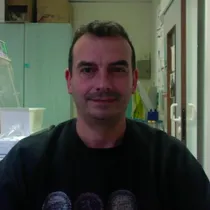- Accueil >
- Publications >
- Essential role for centromeric factors following p53 loss and oncogenic transformation
Essential role for centromeric factors following p53 loss and oncogenic transformation
Auteurs
Dan Filipescu, Monica Naughtin, Katrina Podsypanina, Vincent Lejour, Laurence Wilson, Zachary A. Gurard-Levin, Guillermo A. Orsi, Iva Simeonova, Eleonore Toufektchan, Laura D. Attardi, Franck Toledo, Geneviève Almouzni
Résumé
In mammals, centromere definition involves the histone variant CENP-A (centromere protein A), deposited by its chaperone, HJURP (Holliday junction recognition protein). Alterations in this process impair chromosome segregation and genome stability, which are also compromised by p53 inactivation in cancer. Here we found that CENP-A and HJURP are transcriptionally up-regulated in p53-null human tumors. Using an established mouse embryonic fibroblast (MEF) model combining p53 inactivation with E1A or HRas-V12 oncogene expression, we reproduced a similar up-regulation of HJURP and CENP-A. We delineate functional CDE/CHR motifs within the
Membres



